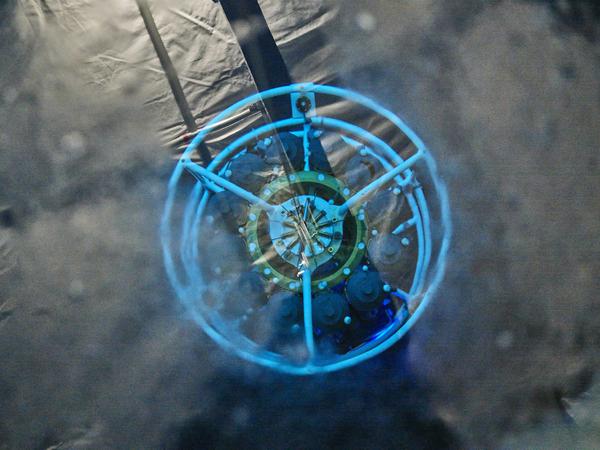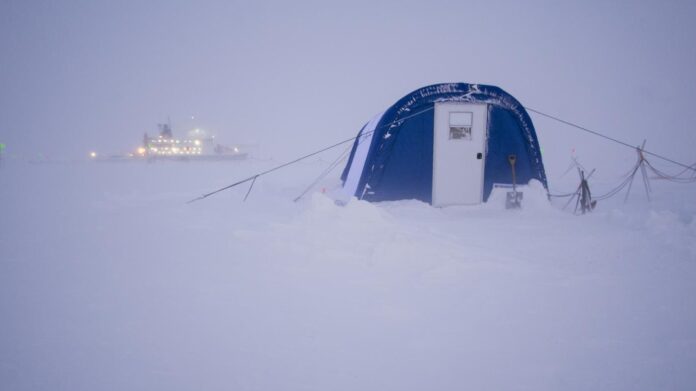Photosynthesis can take place in nature even when there is extremely little light, according to a study in which Arctic microalgae were examined at the end of the polar night. The measurements taken as part of the Mosaic expedition to the central Arctic showed that the organisms build up biomass through photosynthesis as early as the end of March.
At this time, the sun is barely above the horizon, so that the microalgae’s habitat is still almost completely dark. Photosynthesis is possible in the ocean under much lower light conditions and thus at much greater depths than previously thought. The researchers report in the journal “Nature Communications”.
Photosynthesis is the process by which plants use the energy of sunlight for biological purposes. It is the basis of all life on our planet.
On their 2019 expedition, the researchers were frozen in the central Arctic for a year on the German research icebreaker “Polarstern” to study the annual cycle of the Arctic climate and ecosystem. The team led by Clara Hoppe from the Alfred Wegener Institute (Awi) studied algae floating in the water and growing on ice, which are responsible for most of the photosynthesis in the central Arctic.

© Alfred Wegener Institute / Michael Gutsche
Just a few days after the end of the months-long polar night, these organisms built under snow-covered sea ice plant biomass again. The microalgae only had about a hundred thousandth of the amount of light available on a sunny day on the earth’s surface for their growth. “How efficiently the algae can use such small amounts of light shows once again how well organisms are adapted to their environment,” Hoppe is quoted in a press release from Awi.
Recommended editorial content
Here you will find external content selected by our editors that enriches the article with additional information. You can display or hide the external content with one click.
I agree to the external content being displayed to me. This means that personal data can be transmitted to third-party platforms. You can find more information about this in the data protection settings. You can find these at the very bottom of our page in the footer, so that you can manage or revoke your settings at any time.
The results are important for the entire planet. “Even if they come specifically from the Arctic Ocean, they show what photosynthesis is capable of overall,” says Hoppe. If this process is so efficient under the extreme conditions of the Arctic, one can assume that organisms in other regions of the oceans have adapted just as well, says the researcher.
Even in deeper areas of the oceans there would be enough light to produce usable energy and oxygen through photosynthesis, which would then be available for fish, for example. The photosynthetic habitat in the ocean could be significantly larger globally than previously thought. (Tsp)
